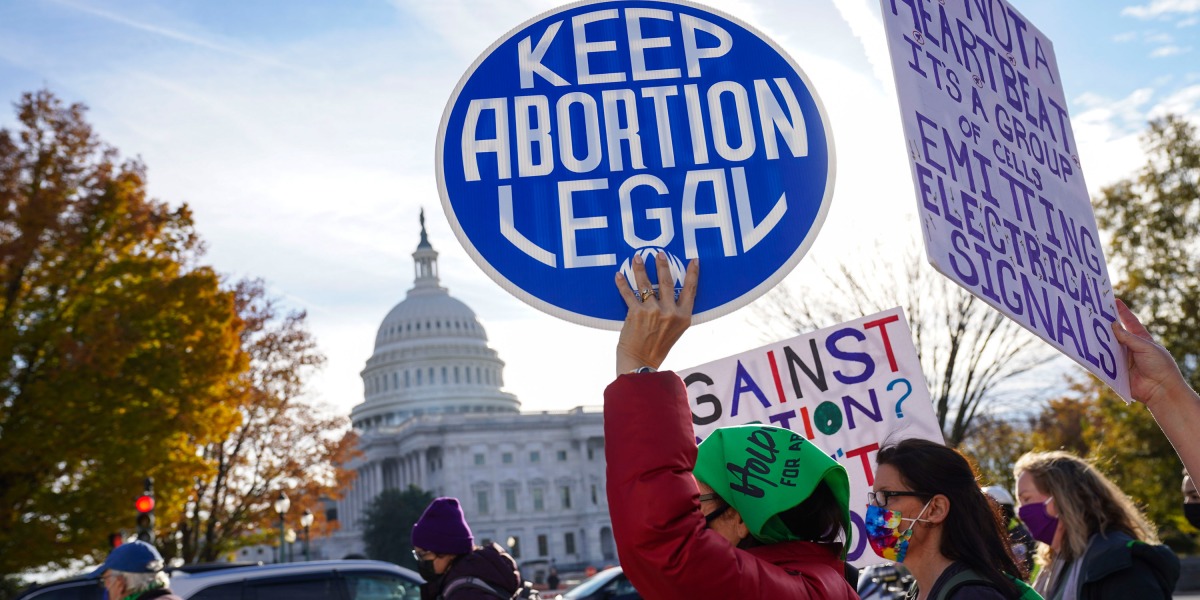
Justice Samuel Alito, who wrote the opinion, was joined by justices Clarence Thomas, Neil Gorsuch, Brett Kavanaugh and Amy Coney Barrett, who supported the decision. The court’s three liberal justices, Justices Stephen Breyer, Sonia Sotomayor and Elena Kagan, dissented, meaning they disagreed with the majority opinion.
“With sorrow—for this Court, but more, for the many millions of American women who have today lost a fundamental constitutional protection—we dissent,” they wrote.
Access to legal abortion is now subject to state laws, allowing each state to decide whether to ban, restrict or allow abortion. Some parts of the country are much stricter than others—Arkansas, Oklahoma and Kentucky are among the 13 states with trigger laws that immediately made abortion illegal in the aftermath of the ruling. In total, around half of states are likely to either ban or limit access to the procedure, with many of them refusing to make exceptions, even in pregnancies involving rape, incest and fetuses with genetic abnormalities. Many specialized abortion clinics may be forced to close their doors in the next few days and weeks.
While overturning Roe v Wade will not spell an end to abortion in the US, it’s likely to lower its rates, and force those seeking them to obtain them using different methods. People living in states that ban or heavily restrict abortions may consider travelling to other areas that will continue to allow them, although crossing state lines can be time-consuming and prohibitively expensive for many people facing financial hardship.
The likelihood that anti-abortion activists will use surveillance and data collection to track and identify people seeking abortions is also higher following the decision. This information could be used to criminalize them, making it particularly dangerous for those leaving home to cross state lines.
